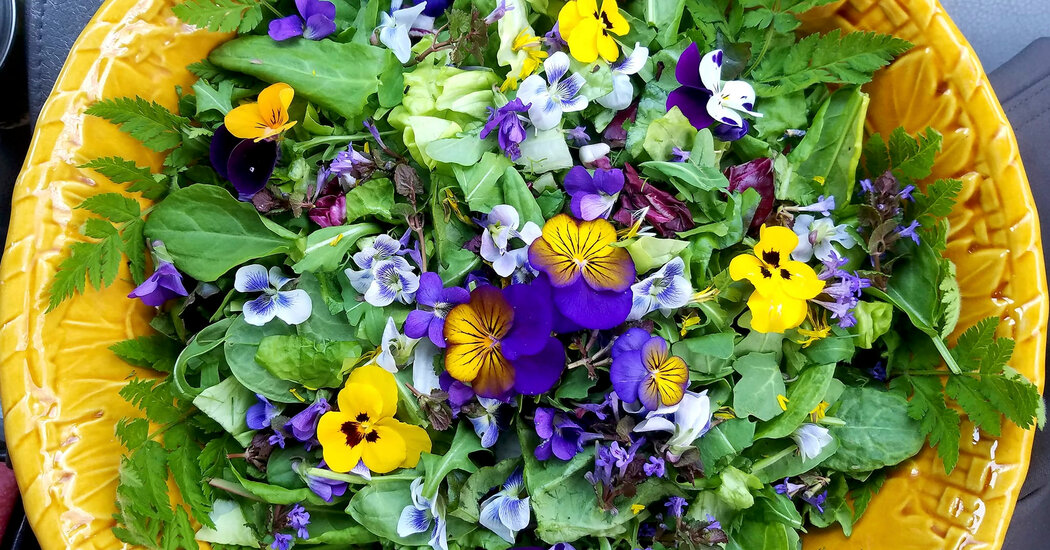
Many weeks before tomato seedlings can be safely transplanted outside — or almost any freshly seed-sown vegetables dare break the surface of the slowly warming soil — harvest is underway in John Forti’s Maine garden.
When you grow a range of perennial edibles, you have what Mr. Forti calls “the shoulder seasons” covered, and then some, with no replanting year to year required.
“They tell great stories of resilience,” he said of the perennial crops. “I think it’s partly why our ancestors grew them, because they’re there when your annual vegetables aren’t.”
As March turns to April, his reaping begins, with the lemony leaves of common sorrel (Rumex acetosa). Such stalwarts were a lifeline, especially in the days before supermarkets, said Mr. Forti, a horticulturist, garden historian and ethnobotanist. Some even delivered bravely before and after frost. Exceptionally long-lived, they were the definition of sustainability, before that word was trending.
“But it’s also this really delicious taste of all the vital energy that was stored up underground over winter that lets us take nourishment and enjoy the first greens,” Mr. Forti added.






